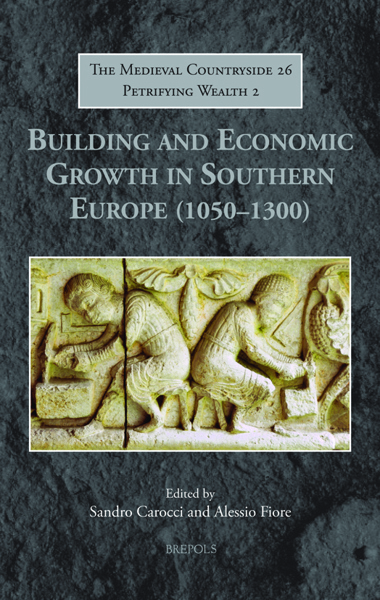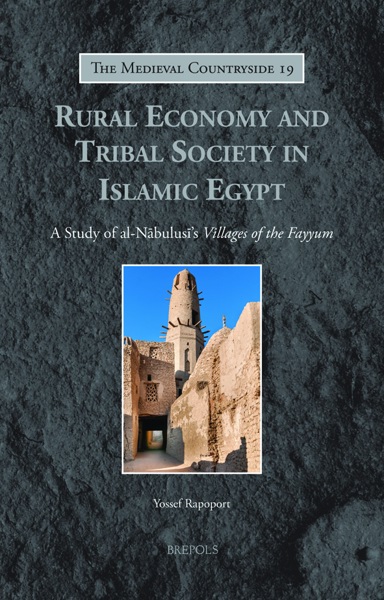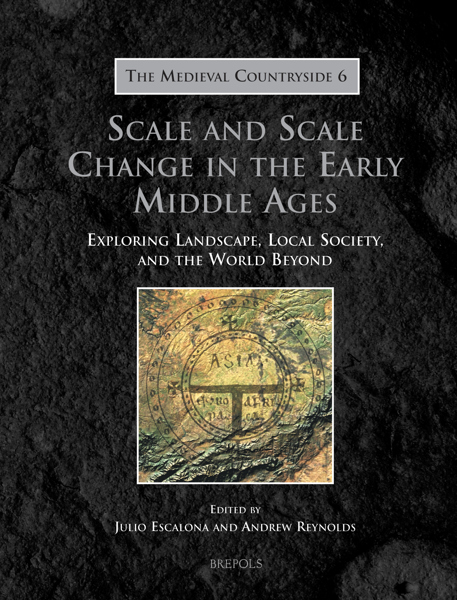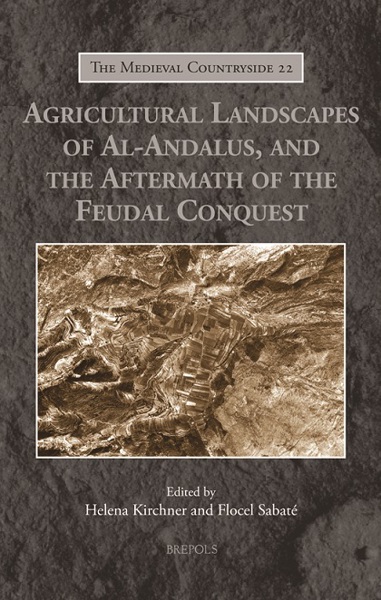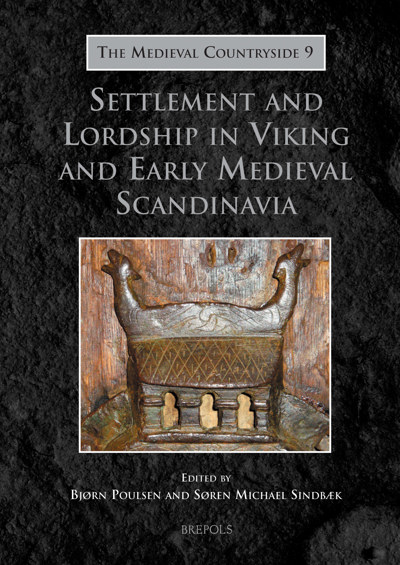
Building and Economic Growth in Southern Europe (1050–1300)
Sandro Carocci, Alessio Fiore (eds)
- Pages: 268 p.
- Size:156 x 234 mm
- Illustrations:11 b/w, 5 col.
- Language(s):English, Spanish, Italian
- Publication Year:2024
- € 80,00 EXCL. VAT RETAIL PRICE
- ISBN: 978-2-503-60541-8
- Hardback
- Available
- ISBN: 978-2-503-60543-2
- E-book
- Available
The four-volume sub-series ‘Petrifying Wealth’ explores wealth, collective identity, and medieval building by examining the sudden growth in masonry building in the central Middle Ages as an investment in social identity.
This book focuses on economic growth in Southern Europe between 1050 and 1300, exploring the relationship between investments on buildings that had as their main purpose the service to economy, in its different aspects, and the economic take-off.
Sandro Carocci is Professor of Medieval History at the University of Roma - Tor Vergata (Italy) and is one of the Principal Investigators of the ERC-Advanced Grant Project Petrifying Wealth. He has written and edited numerous books on medieval Italy, including Lordships of Southern Italy (2018) and Social Mobility in Medieval Italy (2018).
Alessio Fiore is Professor of Medieval History at the University of Turin. He has written or edited several books on medieval societies; among them Signori e sudditi (Spoleto, 2010), and The Seigneurial Transformation (Oxford, 2020).
The four-volume sub-series ‘Petrifying Wealth’ explores the sudden ubiquity of masonry construction between 1050 and 1300 in Southern Europe and its profound effect on the European landscape. New questions about wealth, society, and medieval building are explored, which highlight the link between construction in durable materials and the shaping of individual, collective, and territorial identities: the birth of a new, long-lasting panorama, epitomising the way we see the space and territory of Europe nowadays.
Volume 2 of the ‘Petrifying Wealth’ series focuses on economic growth in Southern Europe between 1050 and 1300, discussing investments on buildings connected with production and trade. It examines buildings that served a primarily economic purpose, in various aspects: agricultural activity and the conservation and processing of its products, crafts, and exchanges and their material infrastructures. The growth in this period resulted in a multiplication of material structures closely linked with economic activity, such as mills, barns, canals, workshops, and arsenals. Focusing on the dynamics connected with these buildings thus offers a vantage point to better understand the contexts and characteristics of the ‘economic take-off’ in Southern Europe in this period.
Introduction: Building Economic Growth in Southern Europe
ALESSIO FIORE
Part I. Farming
Storing for the Economy? Landed Estates and their Buildings in Northern and Central Italy, Twelfth and Thirteenth Centuries
LORENZO TABARRINI
El mansus de la Cataluña Vieja medieval. La implantación de un señorío constructivo
VICTOR FARÍAS ZURITA
Reflections on the Archaeology of Cereal Storage in Medieval Italy
GIOVANNA BIANCHI
Extrahere cequiam: Irrigation Canal Building and Agricultural Hydraulics in the Crown of Aragon (1170–1300)
JOSEP TORRÓ
Canal-Digging in the Age of Economic Expansion (Northern Italy, Eleventh–Thirteenth Centuries)
FABRIZIO PAGNONI
Part II. Manufacturing
La expansión de la molinería hidráulica en Cataluña (siglos XI-XIII): acerca de la construcción de molinos y sus promotores
JORDI MORELLÓ BAGET
Productive Buildings and Economic Growth: Iron-Working in Central and Northern Italy (Eleventh–Thirteenth Centuries)
ELENA MARIA CORTESE
Building for the Market: Residential Real Estate in Medieval Italy (c. 1070–1250)
ALESSIO FIORE
Part III. Connecting
Petrified Nodes: Bridges and Economic Growth (Tuscany, 1050–1200)
PAOLO TOMEI
Porti, cantieri e arsenali
PINUCCIA F. SIMBULA
***
Conclusions
SANDRO CAROCCI
Index
